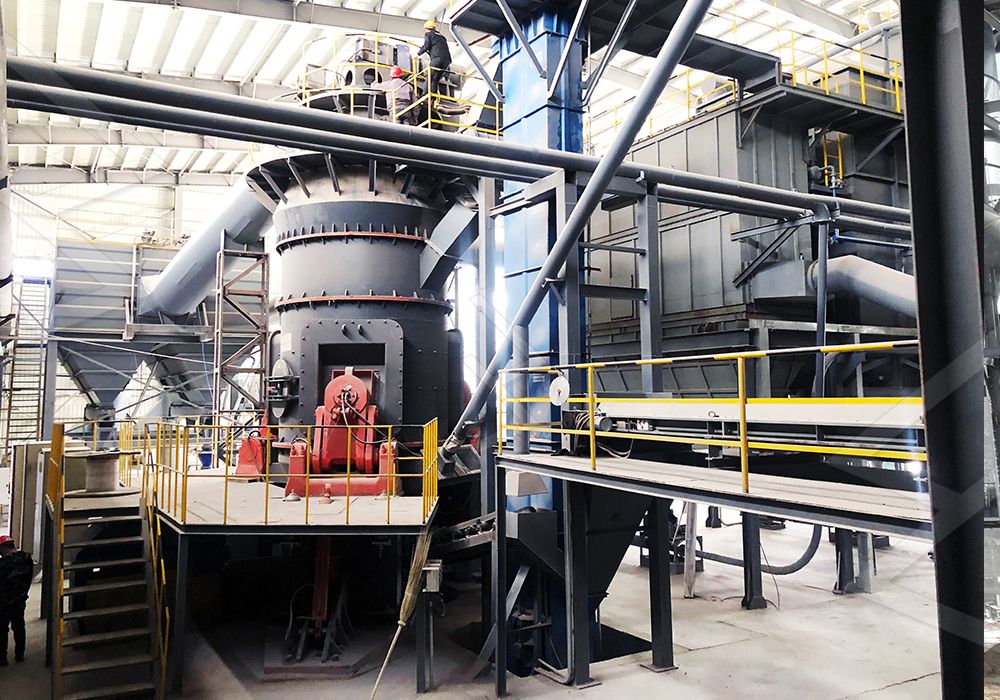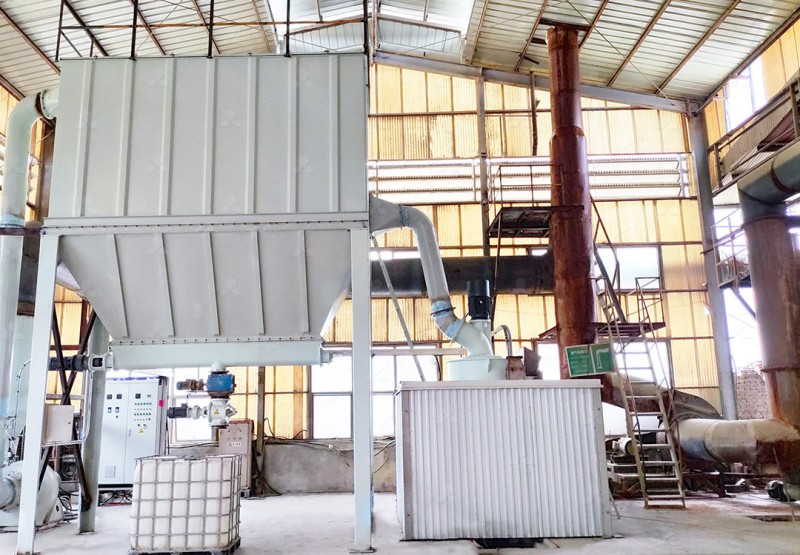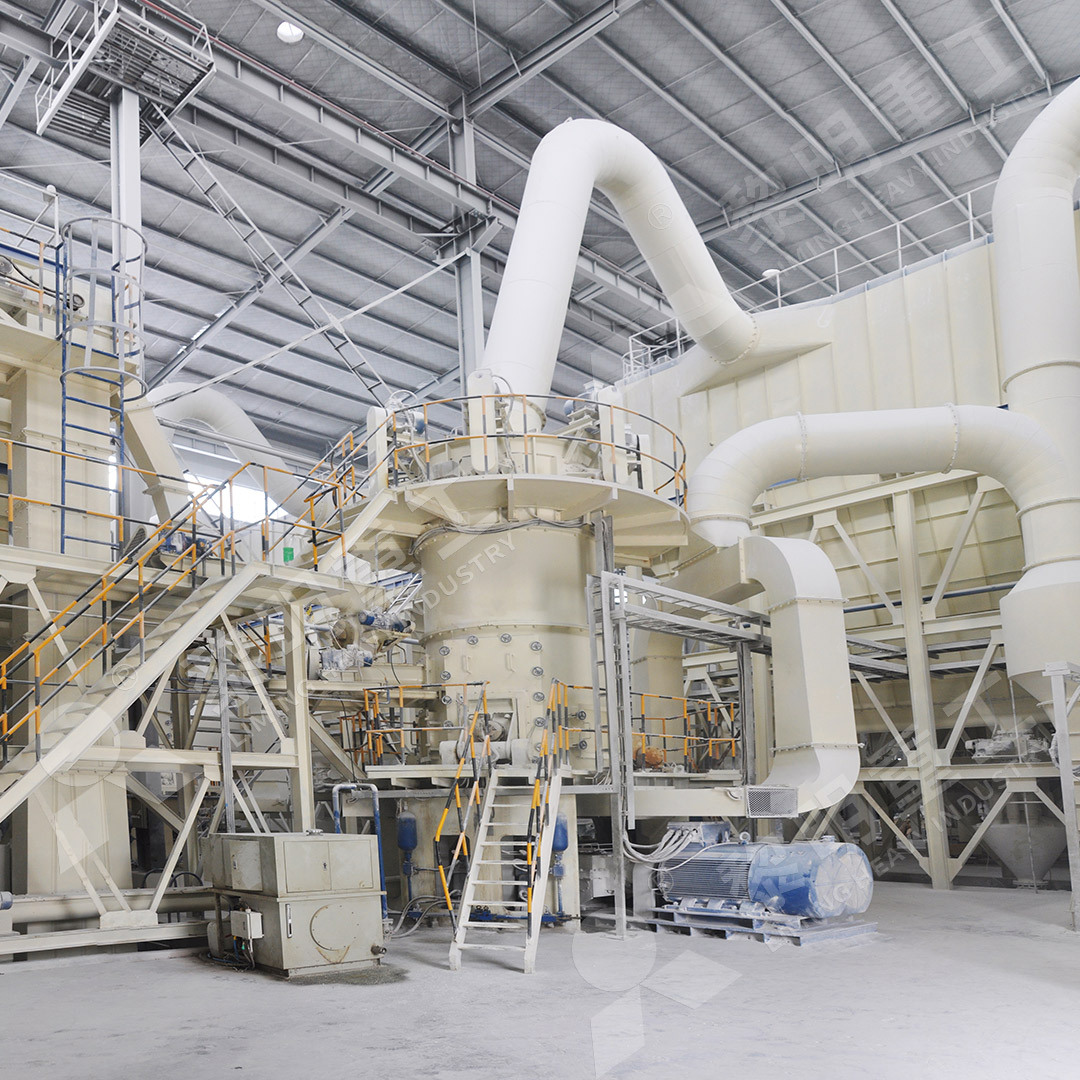Large Vertical Roller Mill Adapts to the Development of Cement Clinker Processing Technology in China
Large Vertical Roller Mill Adapts to the Development of Cement Clinker Processing Technology in China
The cement industry in China has undergone significant transformation over the past decade, driven by demands for higher efficiency, lower energy consumption, and stricter environmental standards. Central to this evolution is the adoption of advanced grinding technology, particularly large vertical roller mills (VRMs), which have become the preferred solution for cement clinker processing. These mills offer substantial advantages over traditional ball mills, including reduced energy consumption, smaller footprint, and integrated drying capabilities.
Modern vertical roller mills are engineered to handle the rigorous demands of cement clinker grinding. Their design allows for simultaneous drying, grinding, and separation within a single unit, streamlining the production process. The development of sophisticated control systems and durable wear-resistant materials has further enhanced their reliability and operational efficiency. As China continues to prioritize sustainable industrial practices, the role of VRMs in reducing the carbon footprint of cement manufacturing cannot be overstated.

Among the innovative solutions available, our MW Ultrafine Grinding Mill stands out for its exceptional performance in producing ultra-fine powders. With an input size of 0-20 mm and capacity ranging from 0.5 to 25 tph, this machine is equipped with an efficient pulse dust collector and muffler, minimizing environmental impact. Its higher yield and lower energy consumption—40% more efficient than jet mills and 30% of their energy usage—make it ideal for various materials including limestone, calcite, and petroleum coal. The adjustable fineness between 325-2500 meshes ensures precise product quality, crucial for modern cement applications.
The integration of digitalized processing and advanced powder separation technologies in contemporary VRMs has set new benchmarks for precision and consistency. Features such as external lubrication systems and the absence of rolling bearings in the grinding chamber enhance operational safety and reduce maintenance downtime. These advancements align perfectly with the industry’s move towards fully automated, environmentally responsible production facilities.

Another notable product, the LUM Ultrafine Vertical Grinding Mill, incorporates the latest grinding roller and powder separating technologies. Designed for materials up to 10 mm with a capacity of 5-18 tph, it achieves higher yielding rates and better product quality through unique roller shell and lining plate grinding curves. Its multi-head powder separating technology and double position-limiting mechanism ensure stable operation and energy savings of 30%-50%, addressing key challenges in cement clinker processing.
The future of cement clinker processing in China will undoubtedly rely on continued innovation in grinding technology. Vertical roller mills, with their proven efficiency and adaptability, are at the forefront of this progress. By leveraging advanced engineering and sustainable design principles, these mills not only meet current industrial needs but also pave the way for further advancements in cement manufacturing.

Frequently Asked Questions
Q: What are the main advantages of vertical roller mills over traditional ball mills in cement clinker processing?
A: Vertical roller mills offer significantly lower energy consumption (30%-40% less), reduced footprint, integrated drying and grinding, and better environmental performance due to advanced dust collection systems.
Q: How does the MW Ultrafine Grinding Mill achieve higher efficiency compared to other grinding mills?
A: The MW Mill features newly designed grinding curves, a cage-type powder selector for precise separation, and no internal rolling bearings, resulting in 40% higher capacity than jet mills and twice the yield of ball mills with only 30% of the energy consumption.
Q: Can these grinding mills handle materials other than cement clinker?
A: Yes, both the MW and LUM mills are versatile and can process various materials including limestone, dolomite, gypsum, barite, and coal powder, making them suitable for multiple industries beyond cement.
Q: What measures are taken to ensure environmental compliance during operation?
A: Our mills are equipped with efficient pulse dust collectors, mufflers, and noise elimination rooms, ensuring dust and noise levels meet national environmental standards. The fully sealed systems operate under negative pressure to prevent dust spillage.
